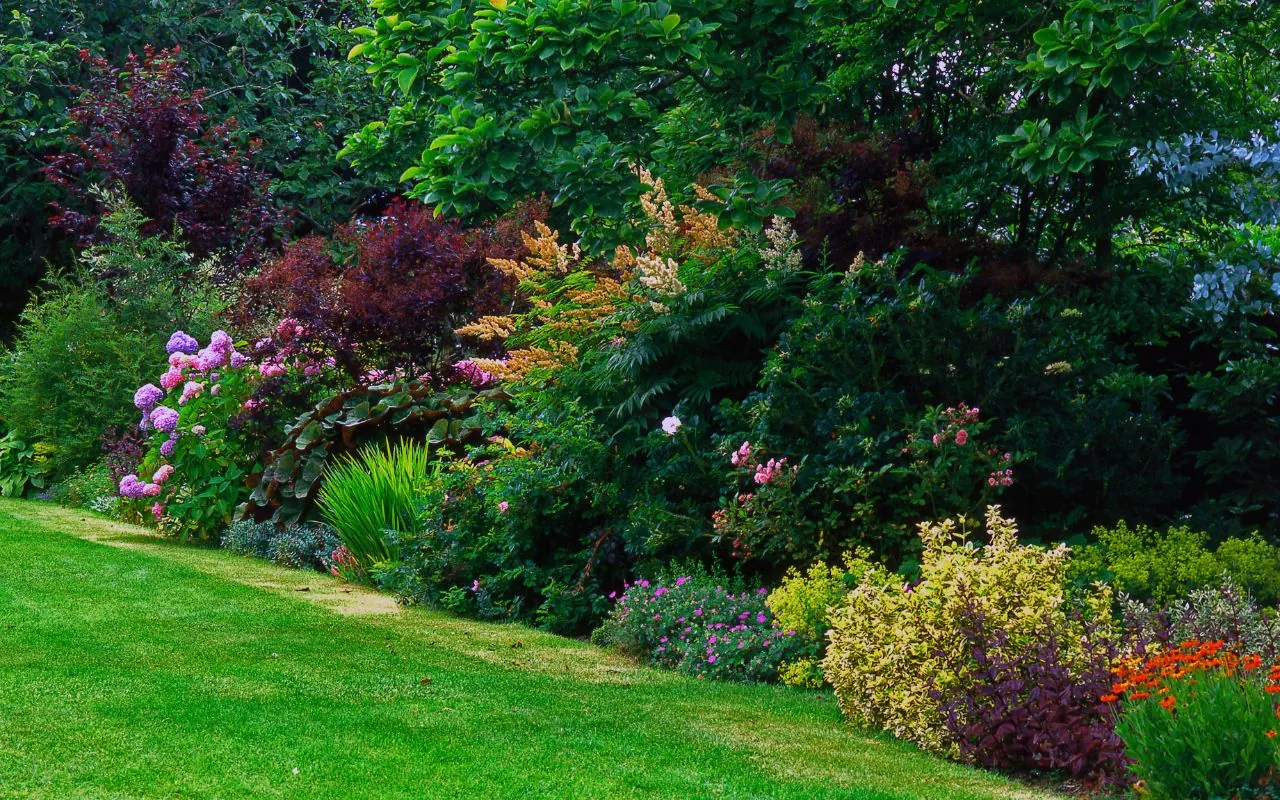Spotting the early signs of grubs on your lawn is crucial to maintaining its health and vibrancy. These pesky insects can wreak havoc beneath the surface, leaving your yard looking lifeless and brown. By learning the warning signs, you can take action quickly, ensuring your lawn remains lush and green.
In this guide, we’ll explore the key indicators of a grub infestation and what steps you can take to protect your outdoor space. Stay informed and keep your lawn thriving.
Identifying Signs of Grubs on Your Lawn: A Comprehensive Guide
Understanding Grub Damage
Grubs from beetles like the Japanese, June, and European chafer can significantly damage lawns. These pests feed on grass roots, leading to weakened, yellow patches that can eventually die if left untreated. Early detection and intervention are critical to prevent extensive damage and maintain a healthy lawn.
Key Signs of a Grub Infestation
- Yellowing Grass
The most apparent sign of grub activity is the yellowing and weakening of the grass. This symptom occurs because grubs feed on the roots of the grass, cutting off its vital nutrients and water supply.
- Spongy Lawn Texture
A lawn infested with grubs may feel spongy underfoot. This texture results from the destruction of the grassroots, which reduces the lawn’s ability to hold together firmly.
- Increased Bird Activity
An unusual increase in birds pecking at your lawn can indicate the presence of grubs. Birds and other wildlife, such as skunks and raccoons, may dig into the grass to feed on these pests.
- The Pull-Back Test
Performing a pull-back test is a simple way to check for grubs. Carefully pull back a section of turf; if it lifts easily and you notice white, C-shaped grubs, an infestation is likely.
Lifecycle and Seasonal Activity
Understanding the lifecycle of grubs is essential for effective control. Most grubs lay eggs in mid to late summer, and these eggs hatch into larvae that feed on grass roots. The feeding goes on into fall, stops in winter, and starts again in spring before they turn into beetles, and the cycle repeats.
Recognizing the lifecycle helps in timing treatment for the most significant impact.
Preventive Measures and Solutions
- Cultural Practices
Healthy lawn care practices, such as proper watering, mowing, and fertilization, can enhance your lawn’s resilience to grub damage. Avoid overwatering, as moist conditions attract beetles for egg-laying.
- Natural and Chemical Controls
Introducing beneficial nematodes or applying milky spore disease are natural methods that target grubs without harming the environment. In cases of severe infestation, chemical insecticides may be necessary. Choose products specifically labeled for grub control and apply them according to the manufacturer’s instructions.
- Monitoring and Maintenance
Regularly inspecting your lawn for signs of grubs and maintaining healthy lawn practices are vital to preventing infestations. Aerating compacted soil and applying organic matter can improve lawn health and deter grubs.
When to Seek Professional Help
It may be time to consult a professional if you’ve applied preventive and treatment measures but still struggle with grub control. Lawn care experts can provide specialized knowledge and treatments to manage grub populations and restore your lawn’s health effectively.
Knowing the signs of grubs and acting can protect your lawn from these harmful pests. Implementing a combination of monitoring, cultural practices, natural solutions, and, when necessary, chemical treatments will help keep your lawn healthy and vibrant.

Trust Mi Jalisco Landscaping LLC for Expert Grub Control
At Mi Jalisco Landscaping LLC, we understand the distress that grubs can cause to your lawn. Our professional services are designed to eliminate these pests and restore your lawn to its lush, green state. Our expertise ensures your outdoor space remains healthy and vibrant throughout the year. Don’t let grubs take over your beautiful lawn.
Contact us today and let Mi Jalisco Landscaping



